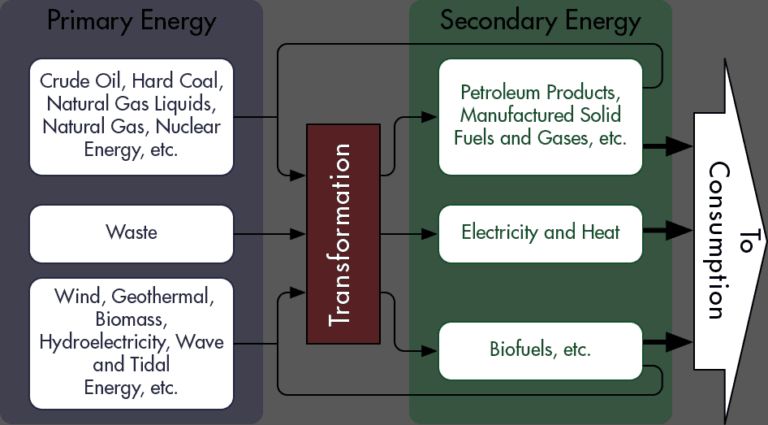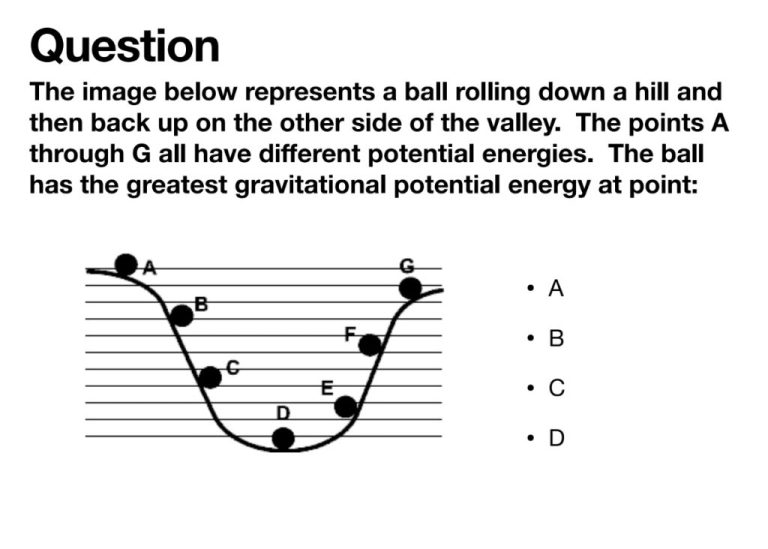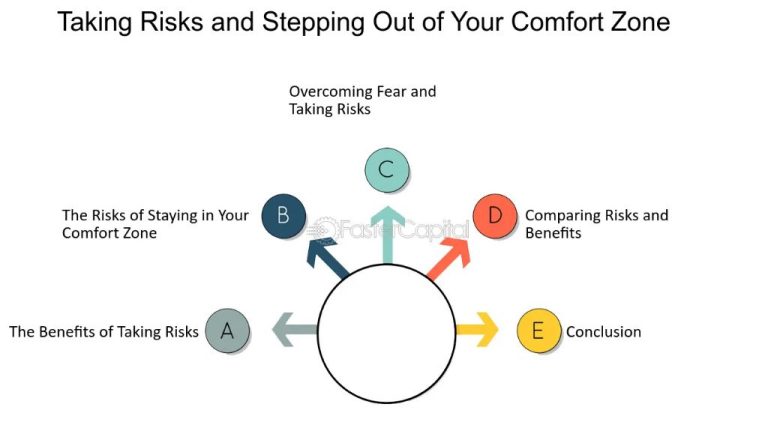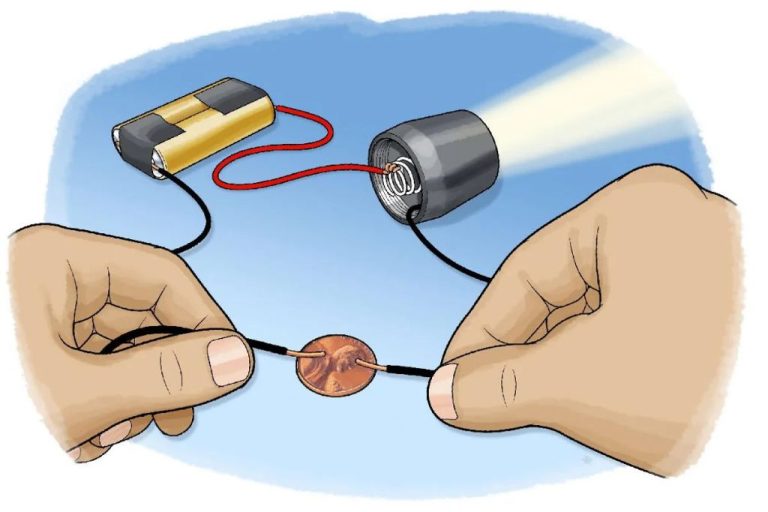Is It Possible To Overuse Renewable Resources?

Renewable resources are materials that can be replaced or replenished naturally over time, such as sunlight, wind, water, plants, and animals. Concern over the overuse of renewable resources stems from the fact that while these resources may be replenished, overuse can still deplete or damage them. For example, overfishing a body of water can reduce fish populations to dangerously low levels. Renewable resources that are at risk of being overused include solar, wind, hydroelectric power, biofuels, and geothermal energy.
This article will examine whether it is possible to overuse renewable resources. It will overview common renewable resource types and discuss the potential consequences of overuse. Case studies demonstrating sustainable and unsustainable usage will be analyzed. The goal is to provide a comprehensive look at the nuances of utilizing renewable resources in a responsible manner.
Solar Energy
Solar energy is harnessed by capturing photons from sunlight and converting them into electricity using photovoltaic solar panels (https://www.eia.gov/energyexplained/solar/solar-energy-and-the-environment.php). Solar power has seen enormous growth in recent years, with total global installed capacity reaching over 580 gigawatts in 2019, producing 2.6% of global electricity demand (https://www.iea.org/reports/solar-pv). However, as solar energy production continues to expand rapidly, there are concerns about its potential overuse and impact on the environment.
While solar energy itself is clean and renewable, the panels require rare metals like tellurium and indium that have limited global supplies. Extracting and processing these metals has ecological impacts. There are also land use concerns, as utility-scale solar farms can take up large areas of land. Increased deployment of panels means more use of hazardous materials like lead and cadmium in the manufacturing process. Plus, disposal of old solar panels can leach toxic metals over time (https://energy5.com/when-too-much-of-a-good-thing-is-bad-the-overuse-of-solar-energy-and-its-consequences).
Additionally, over-reliance on solar power can strain electrical grids, as supply fluctuates with weather conditions. Mass adoption of solar may require significant infrastructure upgrades and improved energy storage solutions to accommodate the variability (https://www.nrel.gov/docs/fy13osti/60201.pdf). With prudent policies and technological advances, solar energy has immense potential as part of a diverse renewable energy portfolio. But pursuing unchecked expansion without considering environmental trade-offs could lead to unintended ecological consequences.
Wind Energy
Wind power harnesses the wind to generate electricity using wind turbines. Wind energy is considered a renewable resource since the wind will continually blow and replenish itself (Lifshitz, 2009). While wind power currently accounts for only a small percentage of global electricity production, wind power generation capacity is expanding rapidly as countries seek to increase renewable energy sources (Lifshitz, 2009).
Global wind power generation has increased over 25 times in the last two decades, from 7.5 GW in 1997 to over 591 GW in 2018 (GWEC, 2019). Major markets include China, the United States, Germany, India and Spain. As of 2018, eleven countries had over 10,000 MW installed. Despite rapid growth, wind power still accounted for just 4% of total global electricity in 2018 (GWEC, 2019).
While wind power resources are immense, overuse is still a potential concern. Modeling suggests there are limits to how much energy can be extracted from the wind in a given area before it negatively impacts local climates and reduces the electricity generation potential (Miller & Kleidon, 2016). This creates potential “tragedies of the commons” situations if usage is unchecked. Sustainable management frameworks have been proposed, but not yet broadly implemented (Lifshitz, 2009). Careful siting, forecasting and coordination between wind farms will likely be needed to avoid over-exploiting wind resources as capacity expands globally.
Miller, Lee M., and Axel Kleidon. “The Limits of Wind Power Availability.” New Journal of Physics 18, no. 6 (June 2016): 063028. https://doi.org/10.1088/1367-2630/18/6/063028.
Lifshitz, Yael R. “Gone with the Wind? The Potential Tragedy of the Common Wind.” SSRN Scholarly Paper. Rochester, NY: Social Science Research Network, January 1, 2009. https://papers.ssrn.com/abstract=1714623.
Hydroelectric Power
Hydroelectric power is generated through water flowing from higher to lower elevations, most often through the use of dams. It’s one of the oldest sources of renewable energy and currently produces around 16% of the world’s electricity, making it the single largest renewable source of electricity generation globally. Hydroelectric power plants have the advantage of being flexible sources of electricity since generation can be quickly adjusted by controlling water flow.
According to the U.S. Energy Information Administration, hydroelectricity generation in 2021 totaled 7.3 quadrillion Btu (British thermal units), which was about 7% of total U.S. electricity generation and 44% of electricity generation from renewable energy sources in the United States. In 2021, hydroelectric power provided over 90% of the renewable electricity in Washington, Oregon, and Idaho in the U.S. Northwest (https://www.ucsusa.org/resources/environmental-impacts-hydroelectric-power).
While hydroelectric power is renewable and does not directly emit greenhouse gases, overuse can impact local ecosystems. Building large dams floods valleys and forests, altering natural water flows and disrupting ecosystems that depend on free-flowing rivers. For example, dams block migration routes for fish like salmon. Reduced water flow can increase silt buildup, making the river unsuitable for fish spawning (https://kiwienergy.us/pros-and-cons-of-hydroelectric-energy/). Careful planning and operating procedures are needed to mitigate environmental impacts of hydroelectric projects.
Biofuels
Biofuels are fuels derived from renewable biomass sources like crops and agricultural waste, instead of fossil fuels like coal, petroleum, and natural gas. They are gaining popularity as a renewable and carbon-neutral alternative to fossil fuels, but overuse can lead to negative consequences.
Biofuels like ethanol and biodiesel currently represent about 5% of all transport fuels used globally. Some countries have policies in place promoting increased biofuel usage. For example, Brazil aims to increase ethanol usage to 18 billion liters by 2030, over double 2016 production levels. The U.S. aims to produce 36 billion gallons of biofuels by 2022.1
If biofuel production is scaled up too aggressively, it could strain land and water resources needed for food production. Biofuel crops require large amounts of water and fertilizers. For example, corn has high fertilizer, water, and pesticide needs. A University of Minnesota study estimates that converting grasslands or forests to grow biofuel crops resulted in a net increase in carbon emissions. 2 Further, increased demand for biofuels could raise food prices and increase rates of deforestation in developing countries.
Geothermal Energy
Geothermal energy comes from the natural heat within the Earth. It is accessed by drilling wells into underground reservoirs of steam or hot water (The Environmental Literacy Council).
Currently, geothermal energy provides only about 0.3% of the total U.S. electricity production. However, geothermal energy has the potential to provide 10% of the nation’s electricity needs by 2050 (U.S. Department of Energy). The western states, Alaska, and Hawaii, located near tectonic plate boundaries, have the highest potential for new geothermal power development (The Environmental Literacy Council).
While geothermal energy is considered renewable, overuse can deplete resources over time. Extensive drilling and fluid extraction can cool the Earth’s crust, reducing output over time. For example, production declined at The Geysers geothermal field in California after years of intensive energy and fluid extraction (Stack Exchange). Additionally, reinjecting used geothermal fluids can cause earthquakes, as occurred in Basel, Switzerland when fluids were reinjected at excessive pressures (Department of Energy).
To prevent overuse, careful reservoir management is needed, including monitoring pressures and temperatures, limiting fluid extraction, and re-injecting used fluids at safe pressures. With proper management, geothermal resources can provide sustainable clean energy for many decades (Department of Energy).
Overuse Consequences
While renewable energy sources like solar, wind, and hydroelectric power provide clean alternatives to fossil fuels, overusing these resources can still have negative impacts.
Overusing solar energy can have environmental consequences. Large-scale solar farms require many acres of land, which can disrupt habitats and ecosystems. The manufacturing process for solar panels also uses hazardous materials that require proper disposal. According to the Union of Concerned Scientists, solar power has a lower environmental impact than fossil fuels but still requires careful management.
Excessive use of renewable resources can deplete those resources over time. Hydropower relies on steady water supplies from rivers and reservoirs. Overusing these water sources for energy can negatively impact ecosystems that depend on those rivers. Biofuels consume massive amounts of crops and farmland, diminishing food supplies. As noted by Energy5, overreliance on any single energy source creates supply and demand challenges.
There are also economic impacts from overusing renewables. Rapidly scaling up renewable infrastructure requires massive public and private investments. If energy production then outpaces energy demand, it can strain utility companies and undermine the economics of renewable projects, as explained by AltEnergy. A balanced energy mix is essential.
Sustainable Usage
Defining sustainable levels of renewable resource usage is critical to ensure these resources are not depleted or damaged over time. While renewable sources can replenish themselves, overuse can still lead to environmental harm.
For example, building too many wind turbines in one area could negatively impact birds and other wildlife (Renewable Energy vs Sustainable Energy). Similarly, overusing water for hydropower dams can alter ecosystems and affect water supplies downstream. Careful monitoring and regulations are needed to promote sustainable usage levels.
New technologies may also help improve sustainability. Advances in solar panel efficiency could generate more energy with fewer materials. And smart grids can modulate energy supply and demand to prevent overtaxing any one renewable source. With proper oversight and innovation, renewable resources can continue providing clean energy far into the future.
Case Studies
Some real world examples of overuse of renewable resources include:
Deforestation in the Amazon rainforest is occurring at an alarming rate, with over 17% already destroyed. This has led to diminished biodiversity, soil erosion, and disruption of indigenous communities. The main causes are converting forests for cattle ranching and agriculture. This underscores the need for sustainable forestry practices.
Many fish populations such as Atlantic Bluefin tuna are threatened from overfishing. Stocks of Bluefin tuna have declined over 97% in the last century. Setting quotas and catch limits, expanding marine preserves, and reducing bycatch can help ensure future generations have access to this renewable resource.
Groundwater aquifers are being depleted globally faster than they can replenish. The large Ogallala Aquifer in the U.S. has experienced heavy pumping for agriculture, causing water levels to steadily drop over decades. Groundwater is a critical resource, and actions like reducing water waste, growing less water-intensive crops, and even putting limits on pumping may be needed.
These examples showcase the importance of understanding the limits and regeneration rates of renewable resources. Promoting sustainability and stewardship today helps preserve them for the future.
Conclusion
In summary, while renewable energy sources like solar, wind, hydroelectric, biofuels and geothermal are clean alternatives to fossil fuels, they are still capable of being overused. If renewable resources are exploited without limits or proper management, it can lead to detrimental environmental consequences.
The key is to utilize renewable resources in a sustainable manner through careful planning, management and technology improvements. Setting usage limits, promoting efficiency and exploring storage solutions will allow us to reap the benefits of renewables without depletion or ecological damage.
We all have a role to play in the responsible use of natural resources. Consumers can reduce energy consumption, businesses can invest in green technology, and governments can provide incentives for sustainability. With collective action and renewable energy stewardship, we can power our world more sustainably.






